RAMSEY, N.J. — Last spring, Jamie Gorman had a panic attack at the mall.

The then-high school sophomore was with a group of friends at Garden State Plaza in Paramus, New Jersey, when she began to feel overwhelmed. Her fingers were tingling. She couldn’t catch her breath. She felt shaky and dizzy.
Her teenage friends sprang into action.
“They were like, ‘Jamie, sit down.’ ‘Jamie, give me your phone — unlock it,’” Gorman recalled in a recent interview at her high school.
“They immediately called my dad so he could talk to me. They found a water bottle for me. They sat with me; they were just there for me.” She said her friends were “very comforting because they were very calm and they were like, okay, we know what to do.”
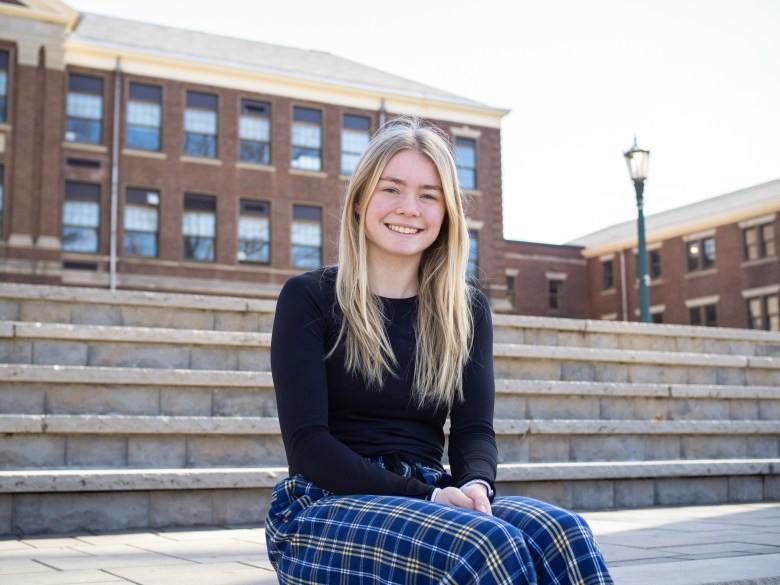
It was not just luck that gave Gorman such capable friends. They, like every sophomore at Ramsey High School in Ramsey, New Jersey, had just finished a training program called Teen Mental Health First Aid, designed to give students the practical tools needed to recognize warning signs and help a friend through a mental health crisis.
Teen Mental Health First Aid is adapted from Youth Mental Health First Aid, a training designed for adults who work with or care for teens. The latter program was developed about two decades ago in Australia, and has been taught in the United States since 2008. The benefits of both programs are supported by peer-reviewed scientific studies. In teens, the training has been shown to increase mental health literacy and reduce reported psychological distress. In one randomized controlled trial, teens reported a significantly higher level of confidence in helping a friend who was anxious or suicidal, lower stigma around mental illness, and were more likely to choose the correct, helpful course of action.
Since 2020, the number of people trained in mental health first aid in the U.S. has more than doubled, to over 1.1 million, says Tramaine EL-Amin, the assistant vice president for strategic partnerships and a client experience officer at the National Council for Mental Wellbeing. The reasons for the growing interest are clear. According to the American Academy of Pediatrics, the state of children and teens’ mental health since Covid qualifies as a national emergency. The latest national numbers from the CDC show “mental health among students overall continues to worsen,” with more than 40 percent of high school students in 2021 showing signs of depression.
Just as first aid training doesn’t make someone a doctor, Mental Health First Aid participants are not certified to provide therapy. The course is designed to help them act as first responders — to assess a situation, do what they can in the moment, and inform a trusted adult. The curriculum covers anxiety and panic disorders, depression, suicidality, eating disorders, addiction and other common mental health concerns for this age group. It trains teens in the appropriate actions to take if a friend shows warning signs of a developing problem, plunges into acute crisis, or is recovering.
Kayla O’Rourke, a classmate of Gorman’s at Ramsey High School, said the areas of the training that are really sticking with her are those that buck popular misconceptions. “Something I learned, which I would never expect,” she said, “is that you have to say right to them, like, ‘Are you thinking about hurting yourself or are you thinking about suicide?’ Which is something that I would never be so blunt about.”
Both she and Gorman said the training has made them feel less alone in their own moments of stress. And they regularly draw on the self-care techniques they learned.
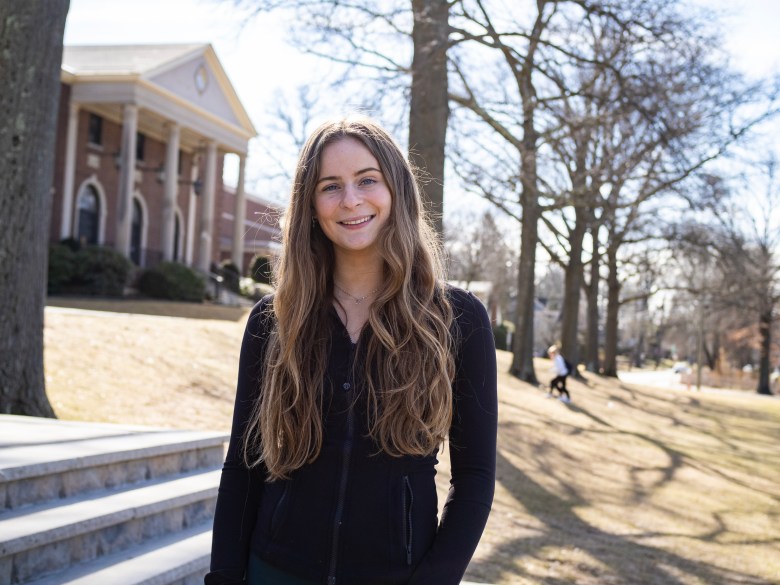
More than a decade before the pandemic, the need for mental health care among children and adolescents was rising, and the last few years have made it worse. A 2021 advisory from Surgeon General Vivek Murthy bleakly sums up the situation: “The pandemic era’s unfathomable number of deaths, pervasive sense of fear, economic instability, and forced physical distancing from loved ones, friends, and communities have exacerbated the unprecedented stresses young people already faced.”
Yet mental health care providers are scarce in the United States. In 2019, there were just 14 practicing child and adolescent psychiatrists for every 100,000 children. The American Academy of Child and Adolescent Psychiatry says that children with the most serious diagnoses wait, on average, several years for appropriate treatment. And, the CDC says that 80 percent of children and youth who need treatment have no access to a specialized mental health provider. The shortage of care is worse in rural areas, for Black, Indigenous people and other people of color, and for LGBTQ youth. What’s more, it takes years for people to qualify as mental health counselors, psychologists or psychiatrists, meaning this problem cannot be solved quickly.
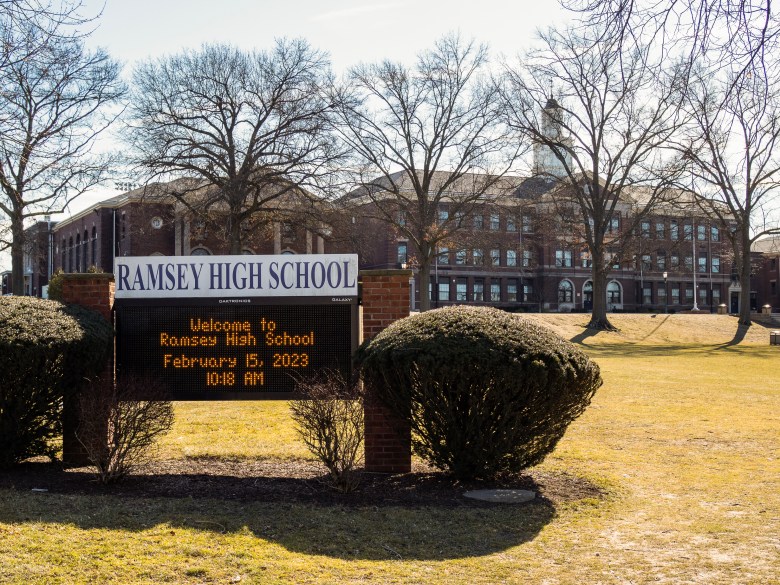
That’s why organizations like Child Trends have been urging schools and communities to take an all-hands-on-deck approach to youth mental health. Rather than place all the pressure on practitioners, the organization encourages a “population health” mindset that looks upstream and enlists the entire community in promoting mental wellbeing, prevention and early intervention.
One attempt at “population health” is the launch last year of 988, the national suicide and crisis hotline. The Biden administration has spent $400 million to help mental health facilities support the system.
Mental Health First Aid represents yet another population health approach.
The National Council for Mental Wellbeing, which delivers the training along with the National Association of Counties, anticipates a new influx of funding following the passage the Bipartisan Safer Communities Act last June, in the wake of mass shootings in Buffalo, New York, and Uvalde, Texas. The states of Arkansas, Maine, North Dakota and Virginia all now mandate some form of Mental Health First Aid training for school personnel, according to EL-Amin.
Parents are signing up for training through PTAs. And teens are being certified to help their peers, since it’s very common for young people to first turn to a friend rather than an adult.
Related: We know how to help young children cope with the trauma of the last year — but will we do it?
Ramsey, a well-resourced district in an affluent suburb, has committed to training not only every student but every adult in the district — from administrative assistants to custodians. This is the approach recommended by the National Council for Mental Well-Being, which requires that at least 10 percent of the adults in a school or organization receive training before it can be offered to teens.
Molly Dinning, the director of student support services for the Ramsey School District, said that “light bulbs went off” after building administrators took the training. “Like, everybody needs this. We have to make this an all-encompassing program.” And that includes teenagers, who, she said, are empowered by the training in ways that go beyond just mental health.
“It gives them a lot of ownership, self-direction, knowledge and self-confidence in these situations that they’re definitely going to face as they go through life,” she said.
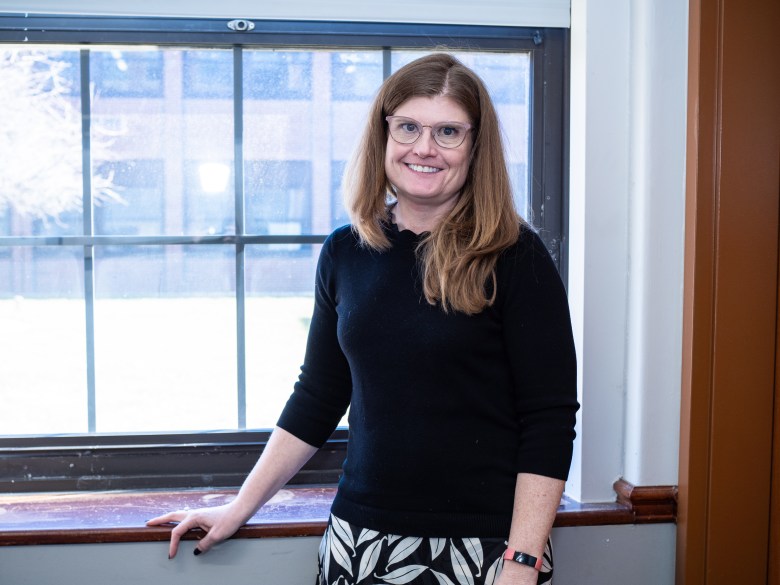
The more people in a community who have this knowledge, the more likely someone who is hurting will receives an early intervention before their needs become more severe. But there’s also evidence this kind of training can itself promote mental well-being across a population. In preliminary findings from the Johns Hopkins School of Public Health, two-thirds of teens surveyed reported they used the self-care strategies from the training course to deal with their own stress.
A thousand miles west of New Jersey in Ottumwa, Iowa, Ottumwa High School is also concerned with student mental wellness. The school, which serves a population with a much lower income than Ramsey, has just one dedicated mental health counselor for its 1,300 students. (Ramsey High School has two for 780 students.)
Ottumwa’s counselor, Kolby Streeby, said “friends are the first line of defense” when students are having a hard time. “Unfortunately, family isn’t always a good support for them.”
Streeby and her students said that familial homophobia and transphobia are problems in the community. Other students are dealing with a family member’s substance abuse; Iowa is known for high rates of methamphetamine use in particular.
Streeby, who was already certified in Mental Health First Aid, was excited to hear about the Teen Mental Health Program. She offered the training to the nine members of the student club she supervises, the Teen Outreach Program.

The students completed the training in December. Tenth grader Oliver Hernandez-Norris said it proved useful almost immediately.
“I had noticed some signs in my friend I was concerned about, and I wouldn’t have even thought about it if I hadn’t taken the training,” he said. The friend was losing interest in activities, becoming distant from others and showing anger. Hernandez-Norris said that if he had not been trained to recognize the behaviors as symptoms of depression, he could “have thought they were stressed out about work.”
“I messaged Kolby [Streeby] and said, ‘My friend is going through these warning signs.’ And I asked my friend on a call — ‘Are you doing OK? Do you want to maybe hang out?’ They’re OK now. They were just going through a tough time.”
Von Conley, a senior, said the training helped them personally. “When we went over all the warning signs of someone who was like, spiraling, I recognized a lot of those behaviors in myself,” they said. “When I’m not feeling great, I tend to withdraw from everyone. In the moment I felt like I needed to do something better for myself — I needed to confide in the people I love instead of hiding it.”
Related: Supporting students: What’s next for mental health
Although the stressors that contribute to mental health issues are often more common in low-income communities, it appears that adoption of the program, for the most part, has started in wealthier, majority-white districts.
The program’s direct cost — excluding loss of classroom time and time for professional development — can range from $1,700 for a small package of instructor training and materials, to as much as up to $52,000 for a district-level package. These costs can be covered by regular school budget, federal grants — including Project AWARE — or by outside donors.
The National Council on Mental Wellbeing says it doesn’t collect demographic information on who participates in the program to protect the privacy of teens who take part. But all of the districts that agreed to allow media interviews about the program were predominantly white. Most, with the exception of Ottumwa, were more affluent than the national average.
EL-Amin said the organization is “leading several national efforts to support the diversification of our instructor pool and engaging philanthropic efforts to obtain resources for under-resourced communities.”
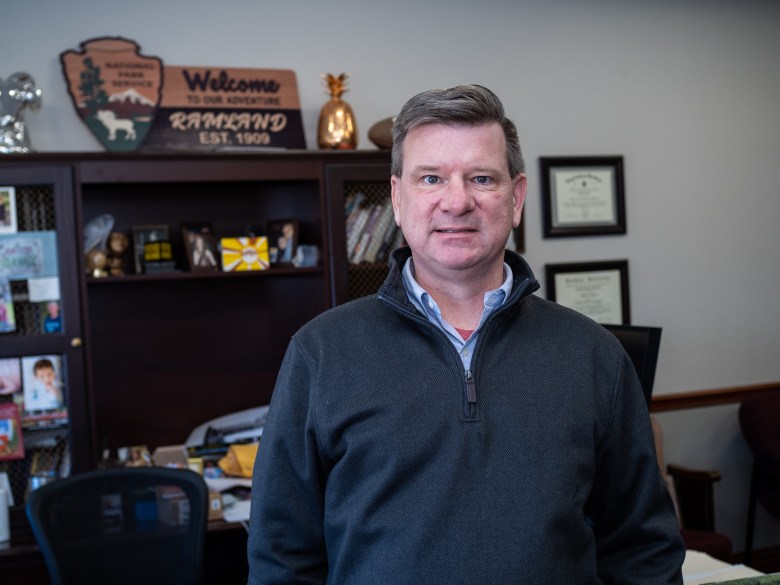
With its emphasis on adolescents helping their peers, Teen Mental Health First Aid training could help address another aspect of teenage life post-Covid. Ramsey’s principal, Michael Thumm, said that he sees many students struggling to make and maintain close friendships after months of social isolation. “Going into this school year, the ninth graders had concerns about … the way they got along with one another. They seem a little bit more immature, and struggle with some of the interpersonal relationships.”
Gorman and O’Rourke in New Jersey, and several students interviewed in Iowa, all said the training made them a better friend — more open, more empathetic, more likely to check in because they had both the language to speak about tough times, and the practical tools to help.
“When one brave friend breaks the ice with that kind of thing, people start to flood the conversation,” O’Rourke observed.
In fact, one night, Gorman had some friends hanging out in her basement, and she confessed to being stressed.
“Having the course made me feel more confident to talk to them because I felt they were more receptive and more aware of the possibilities of what I could be feeling,” she remembers.
“I was like, I’m feeling really overwhelmed. And they were like, ‘Oh my gosh, I’m also feeling overwhelmed.’ And I was like, ‘Wow, that’s so good to know,’” she said. “Having a group of friends and all being honest with each other about the way that we’re feeling made us feel so much better. Like, I’m not the only one who’s feeling really stressed before math class, you know?”
This story about mental health first aid was produced by The Hechinger Report, a nonprofit, independent news organization focused on inequality and innovation in education. Sign up for the Hechinger newsletter.



